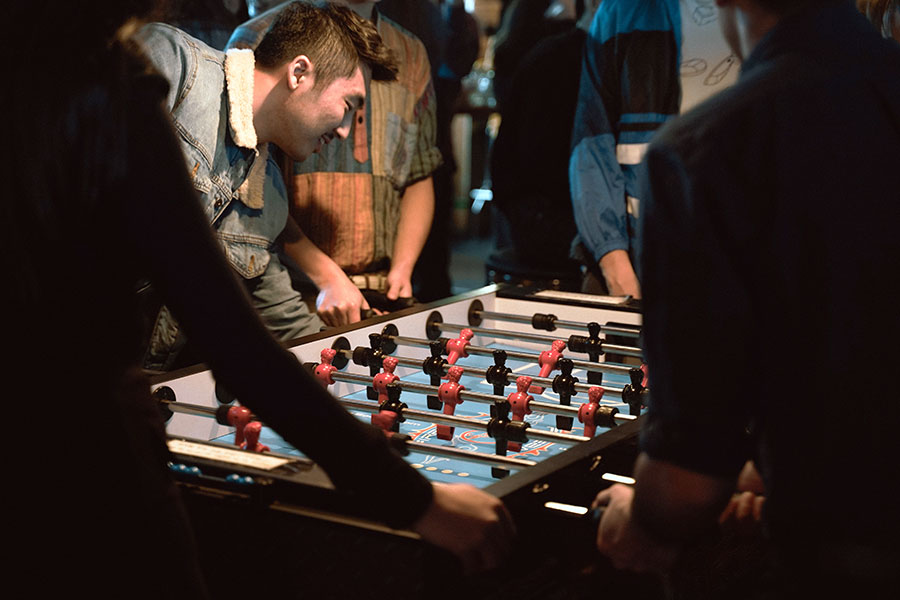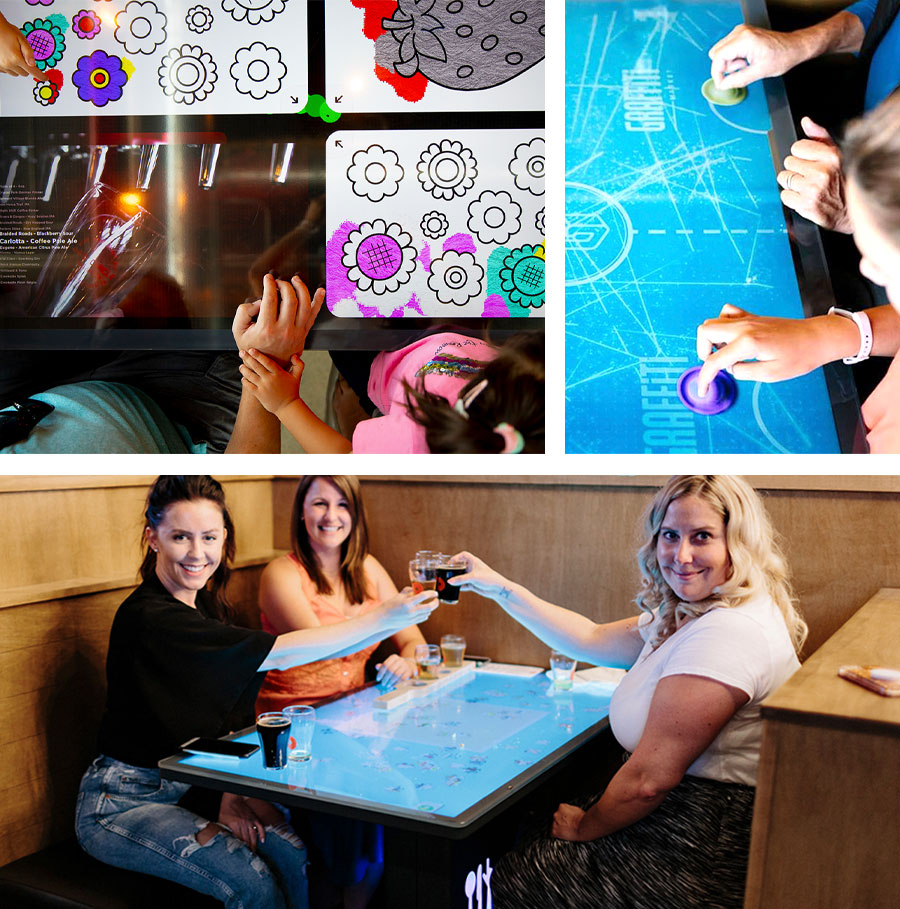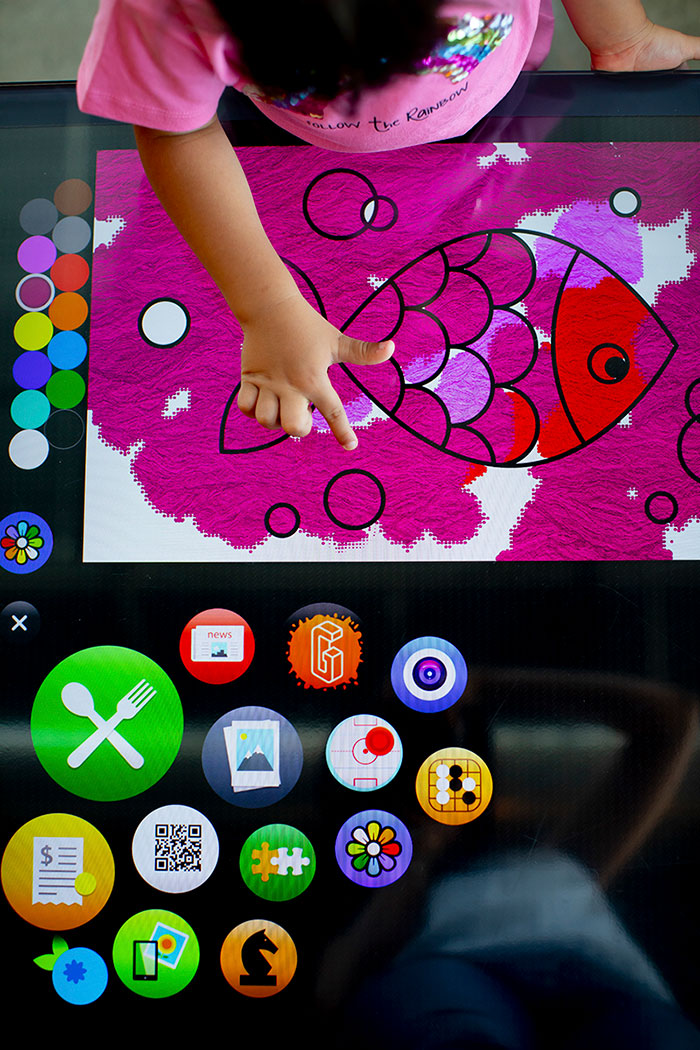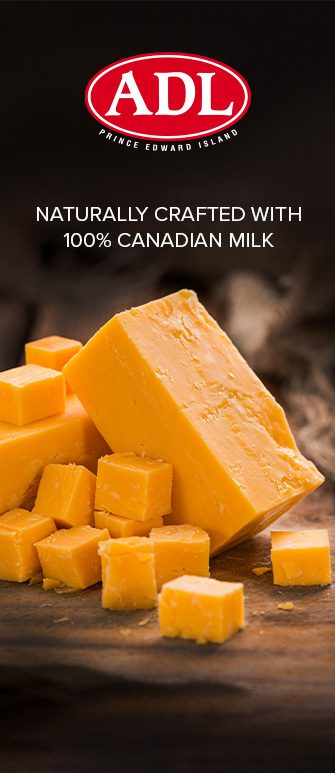Looking for a fun way to woo guests back inside for winter dining? How about adding some game time to your menu? Increasingly, guests are bringing their “game face” to restaurants where they are expecting entertainment that goes beyond food and drink.
Kids’ games – such as paper placemats and crayons for colouring – have been around for years as a way to entertain the younger generation and keep them occupied while waiting for their meals. But what about the adults? How do you keep them engaged, ordering, and off their smartphones?
Many family restaurants, bars and sports-themed eateries already include active play on their menu, like such popular options as dart boards, billiards tables, trivia games, foosball tables, and more.
Games keep your guests engaged and may encourage them to linger longer – with more opportunities to upsell and increase check size. They also brand your restaurant as a fun venue and the place to be, plus games can help build a bond between staff and guests.

Raise your table stakes
One restaurant offers a gaming option with a twist. Graffiti Market in Kitchener, Ont., a combination restaurant, microbrewery, market, coffee roaster and bakery, features highly interactive game play right at diners’ tables.
Ryan Lloyd-Craig, co-owner of the Ignite Restaurant Group, of which Graffiti Market is a part, wasn’t even thinking of games when he saw his first interactive smart table. “The idea didn’t come to me overnight. I was walking the technology section of the Restaurants Canada show and came across a gentleman standing on what looked like a giant iPad until I got closer and found that it was an interactive table made by Kodisoft (a tech company based in Ukraine).”
Lloyd-Craig’s original thought was not even about games but mainly about using the tables as a way for guests to order interactively, have food runners bring the items to the tables, and then have the tables function as a complete POS system. Other countries were already using the Kodisoft system successfully, but no one in Canada had tapped into combining business with pleasure right at the table.

The games people play
Lloyd-Craig’s interest in the tables quickly evolved into something different from an ordering and POS solution. “The benefit of these tables is that you can visually see every item on the menu so it makes it easier to order, but their main appeal is keeping people engaged and entertaining them while waiting for their food. People are putting down their cellphones and actually talking to each other. That’s kind of neat.”
The tables offer a variety of gaming options. He started with a simple colouring application, then a doodling app after the first month, before adding puzzles for all age groups (from a basic jigsaw puzzle for kids), air hockey, Chinese checkers, and most recently, chess, all of which can be turned on or off depending on how busy the restaurant is.

The tables can also support advertising, both internal and external (for instance from sports businesses running commercials and interacting with guests), though so far Lloyd-Craig hasn’t tapped that potential.
Interestingly, far from encouraging guests to linger, guests using these interactive restaurant tables want to clear the menus and food off faster to get back to their games. Lloyd-Craig’s initial goal, in fact, was not to get diners to stay longer, but to realize labour savings from integrating ordering with serving and paying for a total POS solution – “any way you can save two or three per cent off the bottom line,” as he puts it. The restaurant hasn’t been open long enough for him to see these savings yet, but he has experienced a steady increase in sales since he brought in the game tables – and that means he’s already ahead of the game.
Not all games have to cost the earth for you to add. Take trivia. This option’s been around since Trivial Pursuit took off decades ago and has become a bar and casual restaurant staple. Trivia is a particular hit with Millennials looking for interactive experiences and can liven up slower winter months in any family-style restaurant. Companies like QuizRunners and Quizzholics design, create and can run your trivia games professionally. Who knows? Your eatery could become a stop on a trivia circuit.
Tabletop inspiration
- Visual menus encourage ordering, and ordering more – especially highly visual desserts.
- Restaurants can market and advertise their promotions and potentially attract outside advertisers.
- Table games encourage guests to put down their smartphones and focus on the dining experience.
Top tips to add games in your restaurant
- Develop a games budget. You can start with something as simple as setting up game nights and bringing in board games from home. But the sky’s the limit on what you could spend to add a games component. Each of Ryan Lloyd-Craig’s 23 smart tables (Graffiti also has 25 “dumb” tables) costs $15,000 US, not including maintenance.
- Create a brand theme and strategy. What will set you apart? A sports bar, for instance, might naturally gravitate to sports-themed games, while a family-friendly eatery would pair well with trivia nights.
- Know your demographics. Kid-friendly restaurants are perfect venues for everything from fun “play” menus to dedicated kids’ games areas, while adult-oriented restaurants might be better venues for trivia nights, darts, even bingo.
- Be clear on your goals. Are games a way to encourage your guests to linger longer, an opportunity to entertain young diners, a chance to bring in business during slow periods, a way to attract new guests, or an opportunity for guests to put their devices down and enjoy some family time?
- Check your real estate. If you decide to bring in game tables, dart boards, foosball tables, do you have the space for these plus your dining tables? Don’t bring in games at the expense of your regular eating areas. After all, it’s still mainly about the food!



